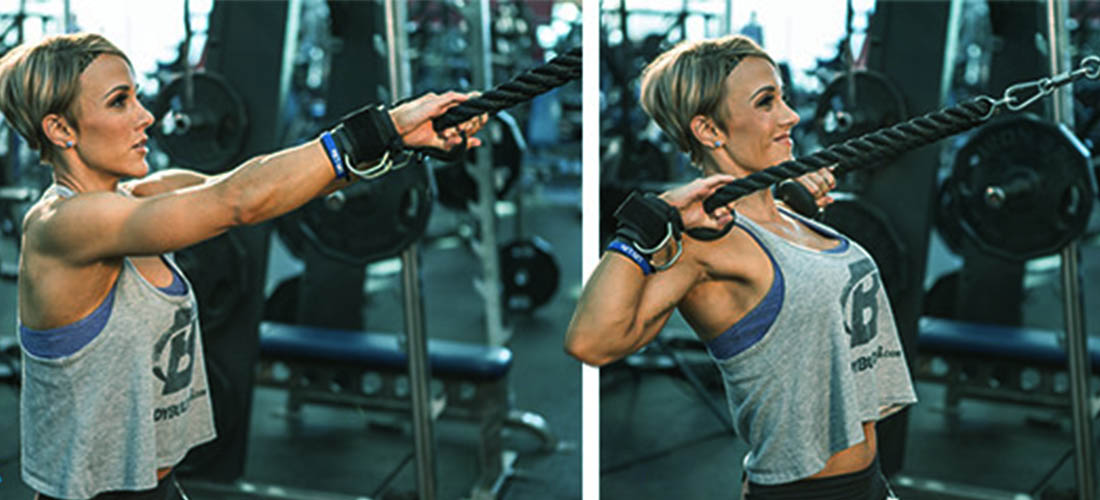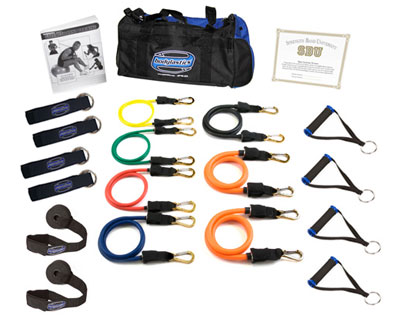
Merry Christmas etc, etc.
Anyway...
2015 is almost over and 2016 is just around the corner so what's the plan? What's next? Christmas is a brilliant time to take a short break from work, reflect on the year gone by (what you did/didn't like), what you're grateful for, what you achieved and what you'd like to improve and achieve in the year ahead.
Always try to be specific with goals and bracket them into different groups with a detailed timeline for success broken down into specific actions.
For example, here are my goals for the year ahead (I have them drafted in much more detailed and specific stages than this).
WORK
- I want to continue to grow my own PT business in order to help more people lead a fuller and healthier lifestyle. This will require regular, targeted content and marketing efforts.
- I want to expand the outreach of my monthly eNews letter to reach more people and offer free fitness related content to a wider wed of people. This will require me to collate more email addresses throughout the year and also rely partly on word of mouth.
There are other "Business" bullet points that I won't be sharing just yet.
PERSONAL
- I would like to spend more and more time with my son, Cassius. He will be 2 in February and I am very aware that these coming years can be very influential in terms of progression for him.
- I would like to expand my own personal knowledge and self worth. I will be reading more regularly and also taking at least 2 new qualifications in 2016. In 2015 I booked myself on to 2 courses which were both (annoyingly) cancelled!
FITNESS
- I am going to completely revamp my training structure for the week. In my on-going pursuit of leg gains I am going to focus on 2 x slower, longer gym sessions a week for my legs. I feel that my knee health is at the stage where this is now a realistic aim. I will aim for 2 further sessions each week in a circuit style gym sessions and a final movement based exercise session each week. I am also going to try and include more mobility and swimming this year (though not on a weekly basis).
- I want to get outside! At some stages while travelling and for a period afterwards I had no gym membership. I trained outside regularly whatever the weather and I loved it! I want to make sure that I'm training outside at least every other week. This is likely to compliment my pursuit of movement based sessions so it's likely to be achievable. While I'll always gravitate back to traditional gym exercises I really value outdoor training for enjoyment and clarity of thought. Hopefully it can also be combined with my tinkering's with meditation too and allow regular meditation and relaxation exercises to become a pillar of my training.
LIFESTYLE
I am going to continue to invest in memories and experiences rather than possessions. I have a theory that: many people don't truly understand the meaning of happiness, how to find it or how to embrace it. I am forever grateful for small moments of beauty and happiness: laughing uncontrollably, hearing my son laugh or achieve something that he couldn't achieve a month earlier, sites, views and experiences. Being able to spot these moments, acknowledge them and savour them is a huge part of my happiness and wellbeing. After all: "The best things in life aren't things."
So what are your specific aims and goals for 2016? Think about different subject or pillars that you can group them under.
Don't forget to follow me on: www.twitter.com/MichaelD_PT and www.YouTube.com/uer/BigMikePT
















